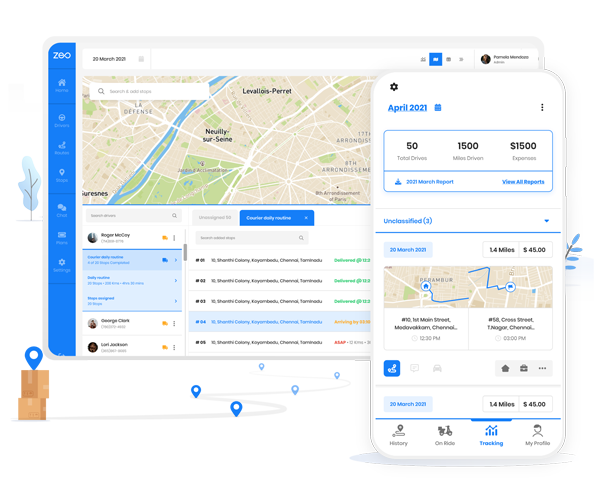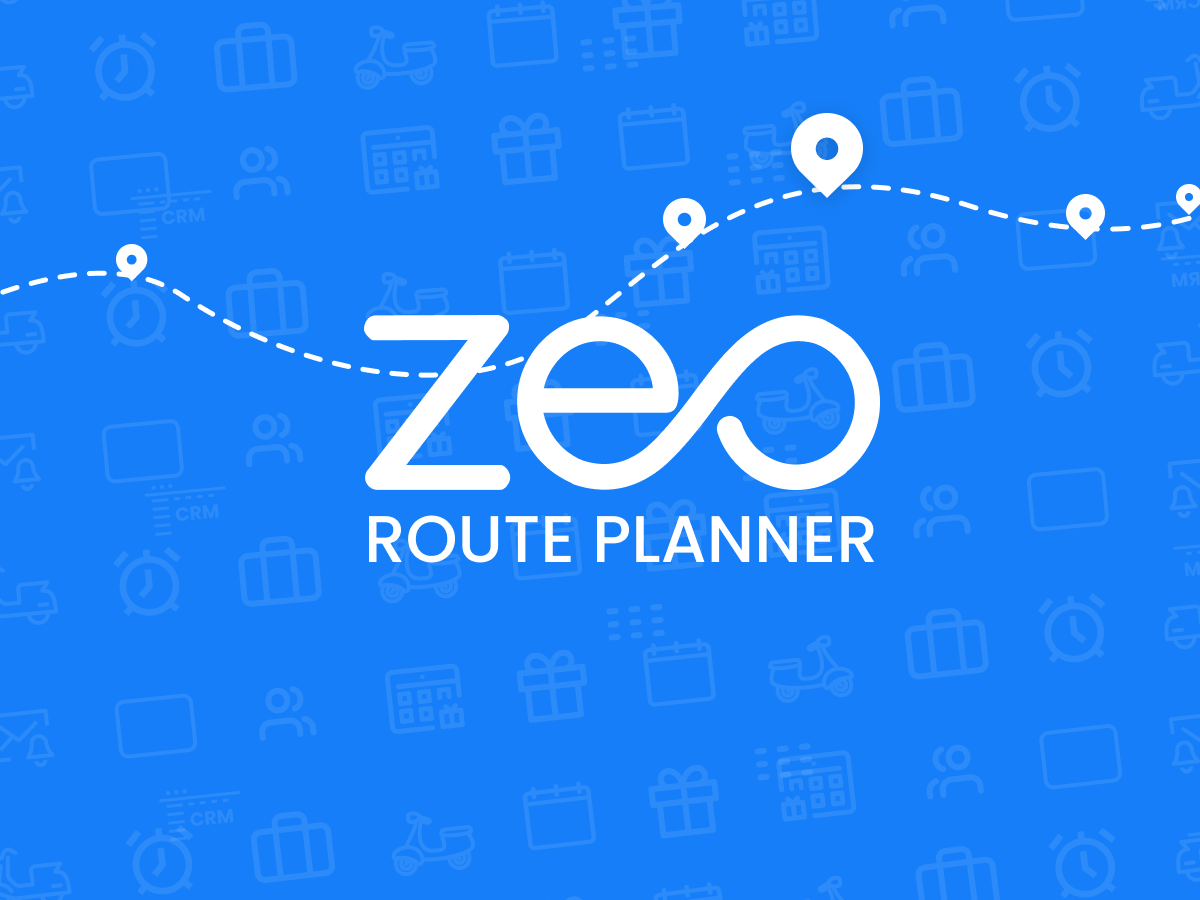Updated on: July 21, 2025
Efficient fleet management is the backbone of successful logistics operations. In an era where timely deliveries and cost-effectiveness are paramount, the role of route planning cannot be overstated.
In this article, we will dive into the best practices in fleet management, focusing on how strategic route planning can be a game-changer in maximizing efficiency across the entire supply chain.
Best Practices in Fleet Management for Maximum Efficiency
While exploring the best practices in fleet management, it’s essential to highlight a comprehensive solution that seamlessly integrates all these strategies – Zeo. As a robust fleet management software, Zeo paves the way for you to incorporate all the strategies that maximize efficiency with route planning.
Zeo’s commitment to maximizing efficiency aligns perfectly with these best practices, making it a valuable and all-encompassing solution for businesses aiming to elevate their fleet management game.
Now, let’s explore each best practice to uncover the transformative impact they can have on your fleet operations.
- Use a Route Planner for Cost Reduction and Time Efficiency
Implementing a robust route planner is the cornerstone of efficient fleet management. It goes beyond traditional methods, leveraging technology to analyze multiple variables and optimize routes. The result is not just cost reduction through fuel efficiency but also significant time savings, enabling fleets to meet tight schedules with precision. - Offer Real-Time Visibility into the Entire Supply Chain
Real-time visibility is paramount for effective fleet management. A comprehensive system that provides real-time insights into the entire supply chain allows for proactive decision-making. From monitoring vehicle locations to adjusting routes in response to unforeseen events, real-time visibility ensures a dynamic and responsive approach to logistics. - Incorporate Effective Store Management and Demand Forecasting Capabilities
Effective store management and demand forecasting are pivotal for anticipating and meeting customer needs. By integrating these capabilities into fleet management practices, businesses can align their operations with actual demand, minimizing the risk of overstocking or stockouts. This leads to streamlined operations and optimized deliveries. - Enhance Communication and Collaboration in the Supply Chain
Communication is the linchpin of efficient supply chain operations. Integrating collaborative tools that facilitate communication between all stakeholders – from fleet managers to drivers to customers – ensures seamless operations. Quick, accurate communication minimizes delays, enhances decision-making, and fosters a collaborative and transparent supply chain ecosystem. - Intelligent Auto Driver Assignment
Intelligent auto driver assignment goes beyond basic logistics. It’s best to have a route planner that automates the assignment process by assessing multiple factors such as driver availability, route compatibility, geographical area expertise, maximum driving time, vehicle capacity, parcel count, and skill. This ensures optimal resource utilization, minimizes manual workload, and enhances overall efficiency. - Enable Real-Time Data and Navigation
Real-time data and navigation empower fleets with accurate, up-to-the-minute information. This not only aids in adapting to changing conditions but also ensures that decisions are based on the latest insights. Real-time navigation assists drivers in navigating the most efficient routes, minimizing delays, and optimizing fuel consumption. - Include Proof of Delivery to Increase Trust & Transparency
The inclusion of proof of delivery is more than a record-keeping measure. It’s a trust-building tool. By providing tangible evidence of successful deliveries through electronic signatures, photos, or other verification methods, businesses enhance transparency and instill confidence in both customers and stakeholders. - Provide Real-Time ETAs to Customers with Personalized Messaging and Tracking Links
Real-time Estimated Time of Arrival (ETA) is a customer-centric feature that significantly impacts customer satisfaction. By leveraging personalized messaging and tracking links, businesses keep customers informed about the status and ETA of their deliveries. This not only manages expectations but also establishes a transparent and reliable service.
Conclusion
In the realm of fleet management, the implementation of best practices is not just a strategy; it’s a necessity. Strategic route planning, combined with real-time visibility, effective store management, collaborative communication, intelligent auto driver assignment, real-time data, proof of delivery, and customer-centric ETAs, forms the foundation of a high-performing logistics operation.

increase fuel savings
Save 2 Hours on Deliveries, Everyday!
Optimize routes with our algorithm, reducing travel time and costs efficiently.
Get Started for Free
As businesses navigate the complexities of today’s supply chain landscape, adherence to these best practices becomes a competitive advantage. Maximizing efficiency in fleet management is not just about meeting deadlines; it’s about exceeding customer expectations, optimizing costs, and future-proofing operations.
In a world where every minute counts, these best practices pave the way for a streamlined, transparent, and highly efficient fleet management ecosystem. Zeo comes forward offering all of these benefits, and has rightfully become the most trusted route planner for fleet managers all over.
Schedule a demo and take your first step towards becoming a part of this world!

Are you a fleet owner?
Want to manage your drivers and deliveries easily?
Grow your business effortlessly with Zeo Routes Planner – optimize routes and manage multiple drivers with ease.

increase fuel savings
Hassle Free Deliveries & Pickups!
Optimize routes with our algorithm, reducing travel time and costs efficiently.
Get Started for Free




















